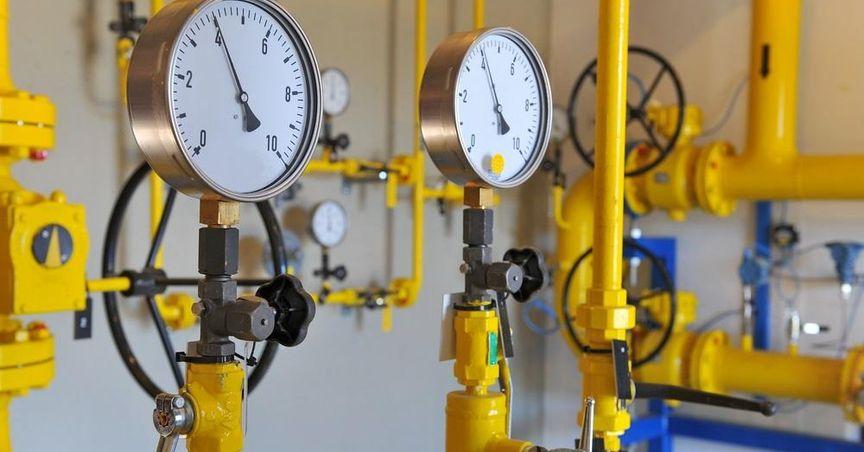The oil price took a sharp downturn, impacting S&P/ASX 200 Index oil and gas stocks. While the ASX 200 saw a 0.4% increase, the S&P/ASX 200 Energy Index (ASX:XEJ) experienced a 0.8% decline.
Brent crude plummeted 4.8% overnight, falling from US$76.62 to US$72.92 per barrel. This represents a 24.5% drop since September 27, when it was at US$96.55. West Texas Intermediate crude also fell 3.8% to US$68.14 per barrel, reaching new five-month lows after seven consecutive weeks of decline.
The decline prompted investors to sell major Australian oil and gas stocks, affecting companies such as Woodside Energy Group Ltd (ASX:WDS), Santos Ltd (ASX: STO), and Beach Energy Ltd (ASX: BPT).
The primary factor behind the oil price drop is the supply side rather than demand. Although global oil demand is at all-time highs and is expected to increase in 2024, the surge in crude supplies, particularly from the US as the leading oil producer, is impacting prices. The US is already pumping record levels of oil, and this trend is anticipated to continue in 2024.
The Organization of Petroleum Exporting Countries and its partners (OPEC+) have extended and increased production cuts, but it has not prevented the decline in oil prices. OPEC+ may need to manage its output effectively for the next few years to prevent a collapse in prices, according to Rapidan Energy Group. Additionally, growth in oil supplies from Brazil and Guyana is expected to contribute to a 700,000 barrels per day increase in non-OPEC+ crude supplies annually through 2030.
Rapidan suggests that OPEC+ will need to maintain effective supply management to keep oil prices in the US$80 to US$100 range. Contrary to the notion of peak oil demand by 2030, Rapidan believes that demand will not decline and dismisses the idea as a mirage.
While falling oil prices may concern investors in ASX energy stocks, it could be a positive development for motorists during the Christmas holidays.



